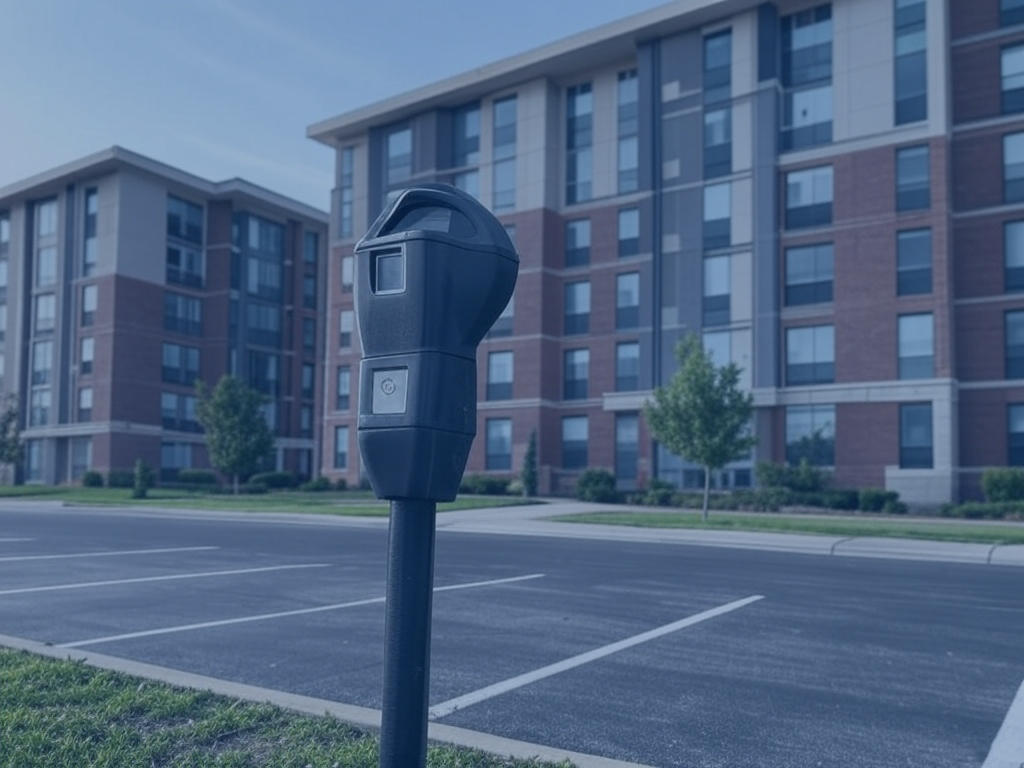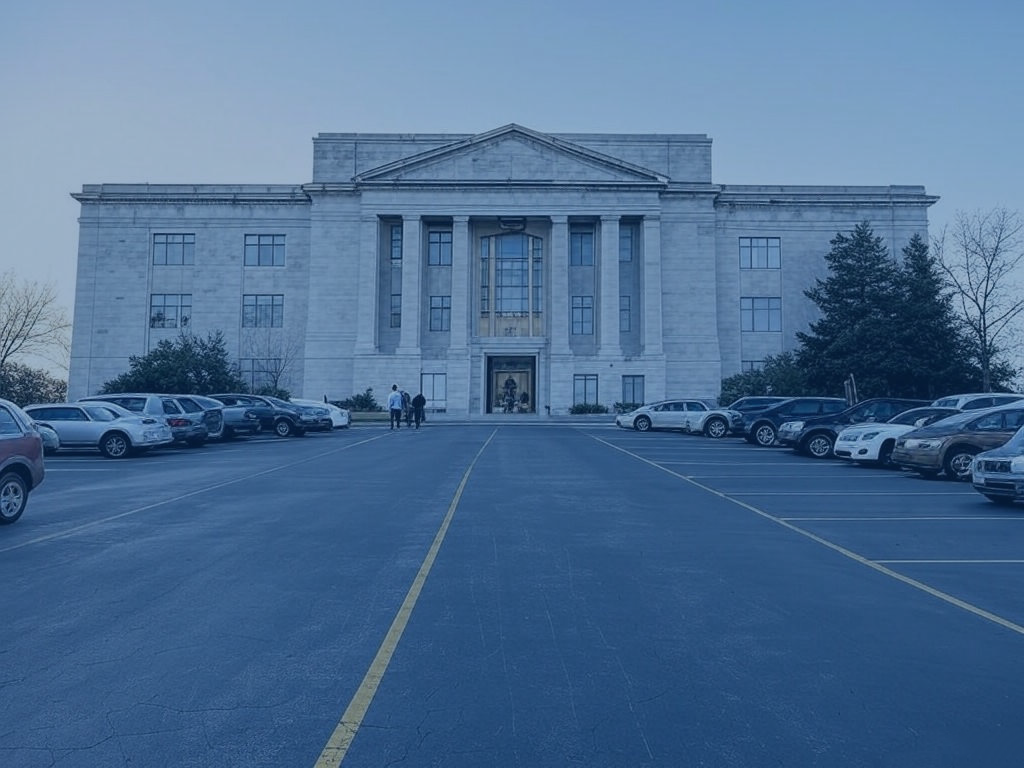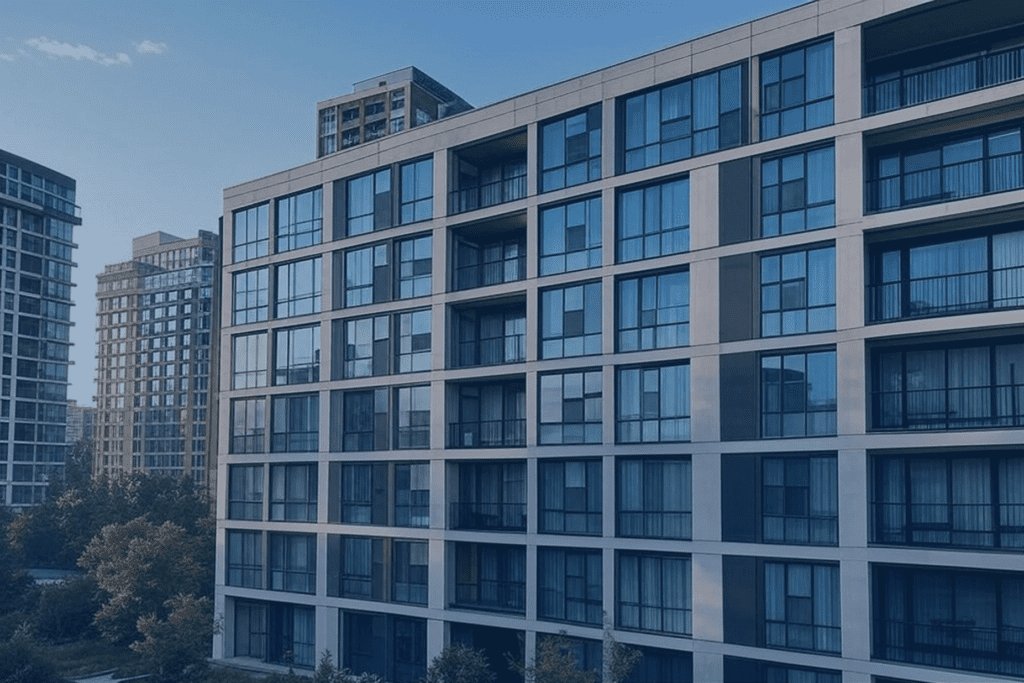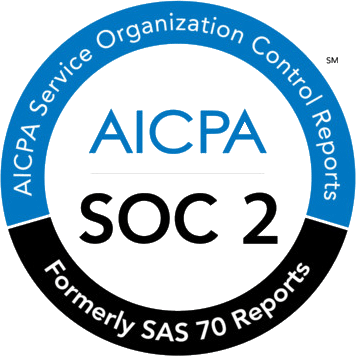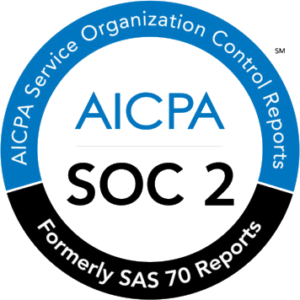Table of Contents
ToggleSummary
Space management is the process of planning, designing, and controlling the use of space in a building to optimize the efficiency of the workplace.
Space management has many benefits, such as improved employee productivity, decreased real estate costs, and reduced environmental impact.
In facilities, space management is all about making smart decisions with the space you have.
Whether that means rearranging furniture, designing offices or workspaces, or figuring out how to optimize your car lot.
And as any good facilities manager knows, there are ways to make the most of even the tightest spaces. Let’s explore this further.
Optimize your facility management operations
Find out how Wayleadr can help you manage facilities, assets, and resources more effectively
Get a DemoWhat is space management?
Space management is the strategic use of space to achieve maximum efficiency and productivity in an organization.
It involves assessing, planning, and utilizing space to support the business’s mission, goals, and objectives.
In other words, space management is about getting the most bang for your buck regarding square footage.
It’s about ensuring your space is being used in the most efficient way possible, so your employees perform at their best.
There are a few key concepts involved in space management:
- Traffic flow – the movement of people and equipment within a space;
- Storage – efficient use of space for storing materials;
- Furniture placement – strategic placement of furniture to optimize traffic flow and productivity;
- Workstation design – the creation of workspaces that support the needs of employees;
- Lighting – use of lighting to create a productive and comfortable environment;
- Acoustics – utilization of sound-dampening materials to minimize distractions.
Space management is a critical part of facilities management. Facilities managers are responsible for the day-to-day operations of a building, including the upkeep of the physical space.
That is why they need to be space management experts.
How space management works
Just like a car needs the right proportions of gas, oil, and water to run smoothly, a business needs the right mix of people, equipment, and space to function efficiently.
Space management aims to find that perfect balance so everyone can do their job without facing roadblocks. To do that, facilities managers rely on data.
Tools such as occupancy sensors, which connect to building management systems, collect this information.
By monitoring building activities like traffic flow, facilities managers identify areas that are being underutilized and make changes accordingly.
For example, if the data shows that employees use a parking space only 40% of the time, the facilities manager may reassign that space to another employee, or use a system where the space is released when the original user is not present.
Effective space management allows the company to save money and increase productivity by creating a better workplace experience for its employees.
Optimize your facility management operations
Find out how Wayleadr can help you manage facilities, assets, and resources more effectively
Get a DemoThe principles of space management
With technology and data as tools, facilities managers can make accurate, evidence-based decisions about space for tried-and-true principles, such as:
1. Space efficiency
Employees work best when given the right space to do their job. That means not too much space, which leads to wasted resources, or too little space, which leads to cramped conditions and decreased productivity.
Consider parking.
If a building’s parking lot has too many spaces, it’s a waste of area. If it doesn’t have enough, employees will double park, block traffic, circle the lot endlessly, or worse, pay for parking elsewhere.
Space management practices, such as Wayleadr‘s automated parking system, help optimize car lots to ensure that employees have a spot when they need it.
Employees save time from their commute and avoid stress, thus increasing their satisfaction and productivity. Likewise, businesses maximize their space and optimize the traffic to and from their buildings.
2. Energy consumption
There are a lot of resources being used to heat, cool, and power a building.
Facilities managers can make their buildings more energy-efficient with space management solutions, such as LED lighting and solar panels.
They can also designate HVAC systems that help improve energy efficiency by 20%.
3. Real estate liabilities
Every square foot of space in a building comes with a cost. That’s why facilities managers need to make the most of their space, especially now that hybrid and remote work models are becoming more common.
Leveraging space management tools, such as hot desking and activity-based working, helps facilities managers save on real estate costs while still providing employees with the space they need to do their job.
4. Environmental impact
Space management practices can help make buildings more sustainable. For instance, using daylighting techniques, such as skylights and solar tubes, can reduce the need for artificial lighting.
Additionally, adopting a green cleaning policy, which includes using eco-friendly products and methods, can help reduce the environmental impact of a building.
5. Rooms management
Meeting and conference rooms are like gold in the business world. They’re essential for collaboration but can also be expensive to maintain.
That’s why facilities managers need to be proactive about managing these spaces. They can use room booking software like Robin to optimize meeting and conference room usage.
With tools like this, employees easily find and book available rooms. The system also provides data that helps facilities managers understand how the space is used so they can adjust accordingly.
Conclusion
Space management is a critical part of facilities management. By efficiently allocating and utilizing space in a facility, businesses can save money, increase productivity, and reduce their environmental impact.
Find out below how Wayleadr can support you to manage your space more effectively by booking a demo below:

